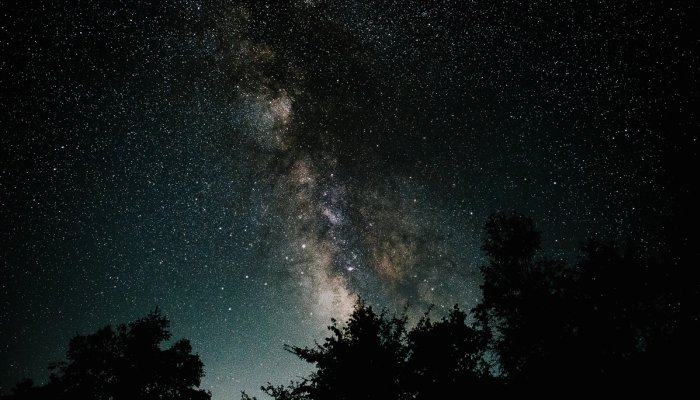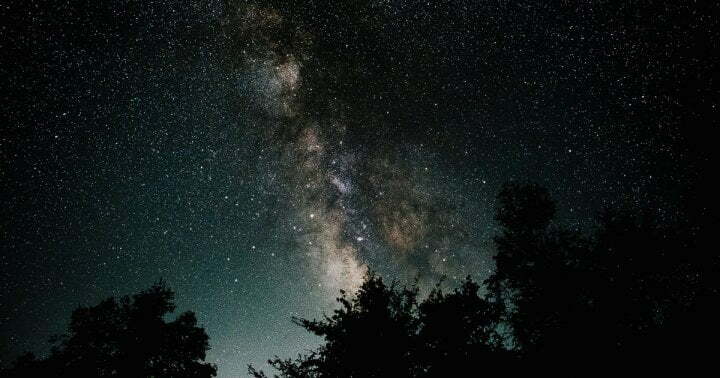Get Those Wishes Ready: The Biggest Meteor Shower Of The Year Is Here

To catch a glimpse of this incredible event, you’ll want to flee to a dark area that’s low in light pollution. If you’re a city dweller, you, unfortunately, won’t be able to see much (maybe two or three meteors), but NASA’s Bill Cooke does note that “if someone in a city sees a Perseid, it has to be really, really bright and spectacular.” Alternatively, you can tune in to NASA’s ongoing live stream of the event to catch more of the action.
If you are able to escape the city lights, aim to get out between 3:30 to 4:30 a.m. your local time, when skies are at their darkest. According to The Old Farmer’s Almanac, “The best times to watch the Perseids is late at night, in the middle of the night, or predawn. The meteor count is usually highest predawn when the skies are at their very darkest and when your position on Earth is forward to the motion through the dust cloud.” The moon phase is on your side this year, as the dark new moon just happened a few days ago.
NASA recommends planning to stay out for at least an hour, to give your eyes plenty of time to acclimate to the dark skies. As you do, resist the urge to check your phone or use any other sort of bright light. Instead, just make a meditative moment out of time under the stars.
This article was originally published by mindbodygreen.com. Read the original article here.




